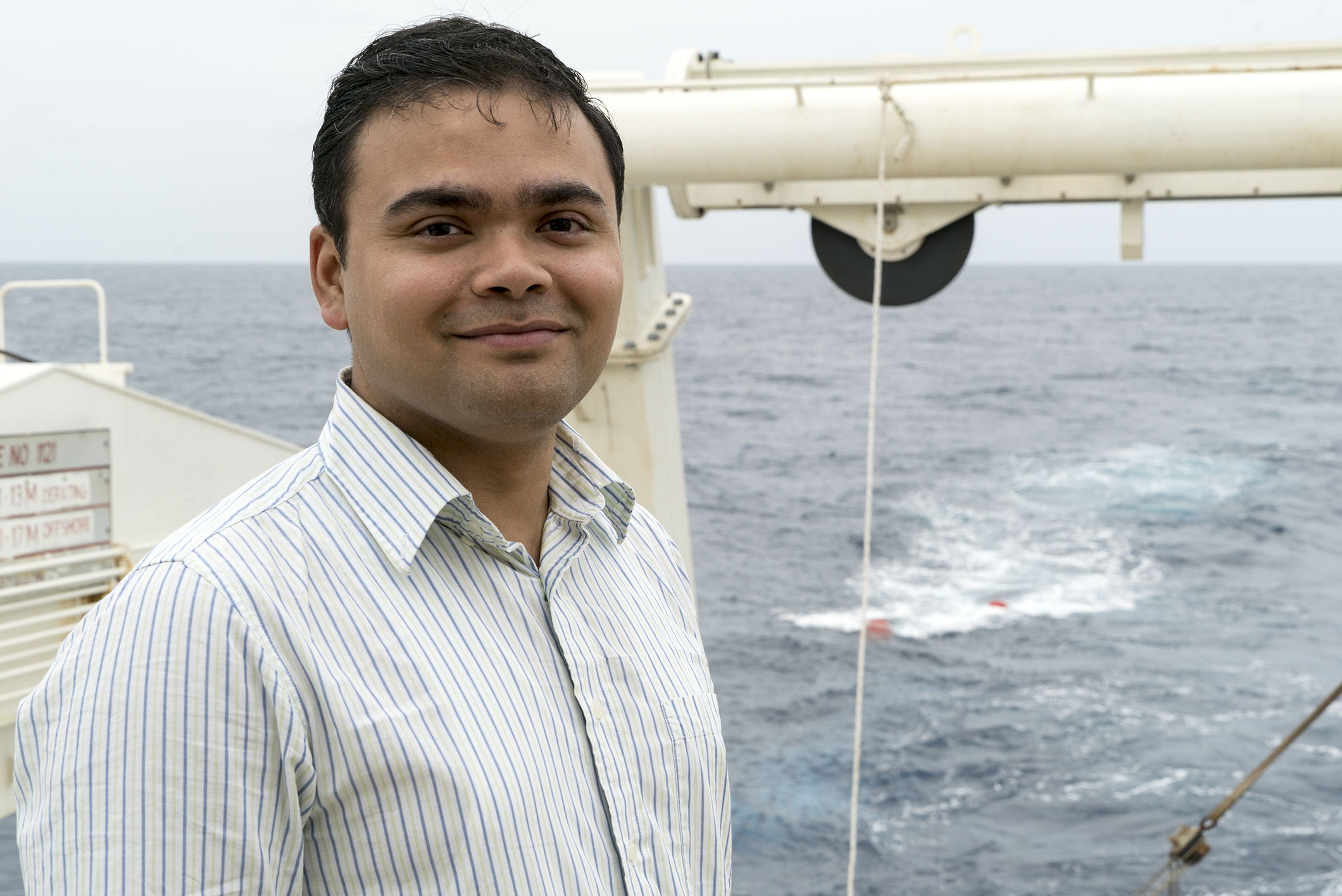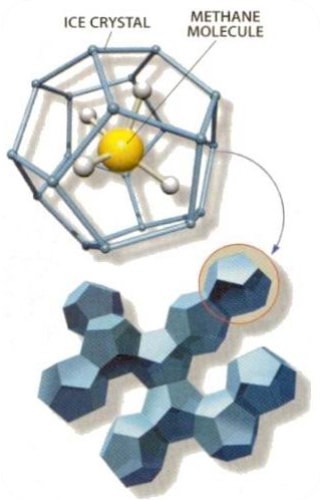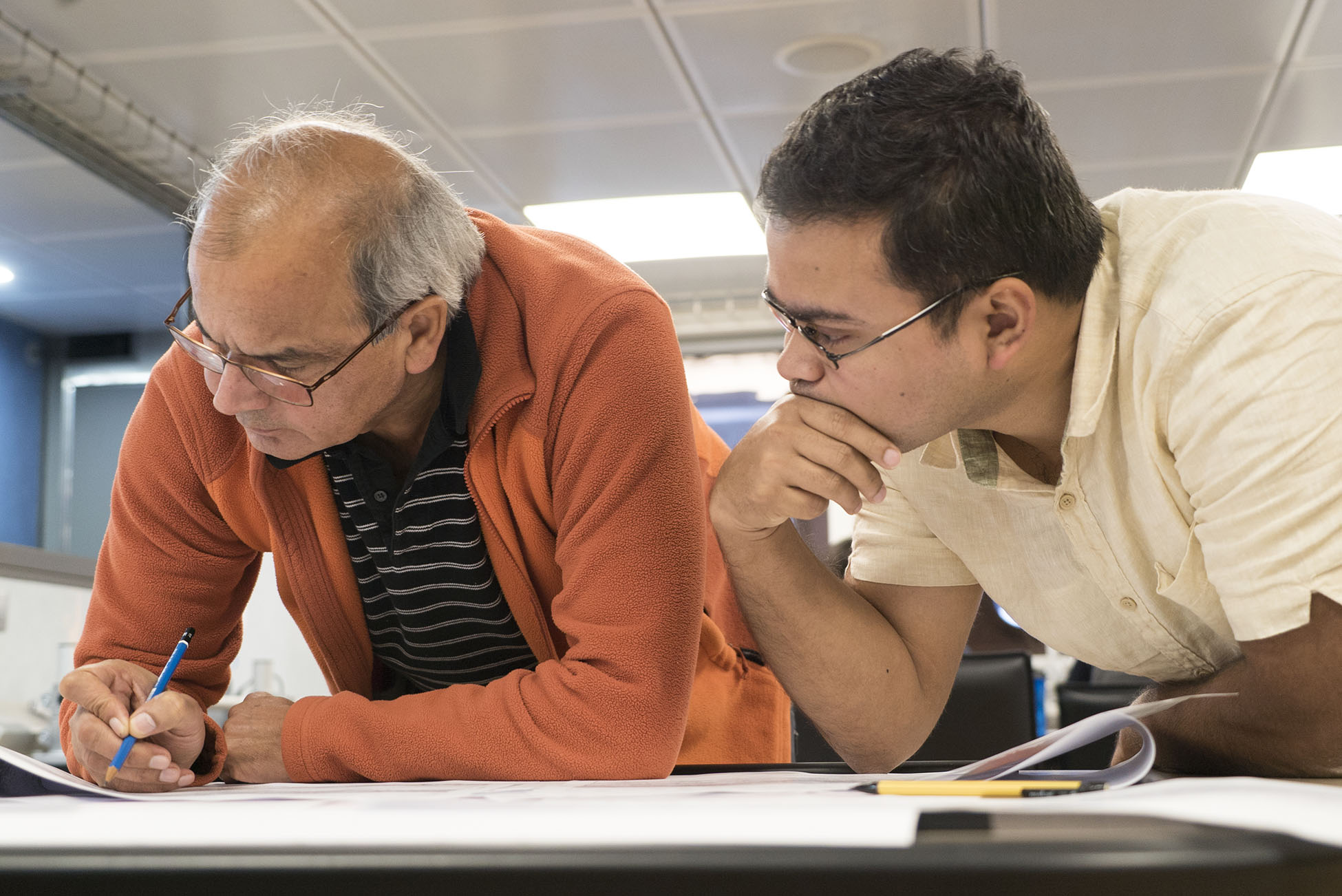We have all heard that our planet behaves like a living organism. Just like us, the Earth has systems that are all linked and constantly influencing each other. Still, realising that the gradual motion of tectonic plates could somehow effect the quality of air we breathe in the future, or the strength of the storms we will face, seems somehow unbelievable.
But geophysicist Dr Sudipta Sarkar is here to tell us that it is not, and to remind us that tectonics and climate change work hand in hand. His research has taken him all over the world and, in the process, seismic data has played a fundamental role.

Feeding Off Each Other
The Earth’s climate can affect its geology and in return, plate tectonics can play a role in the evolution of our planet’s climate. While climate can influence the type and amount of sediments that are deposited in ocean basins, massive volcanic eruptions – created by the movement of plates – can release ash and gas into the atmosphere, affecting global temperatures.
Using seismic data, Dr Sarkar and his fellow scientists can determine where in the ocean’s subfloor to drill in order to extract geological samples and with them, a record of our planet’s history.

“We look for fossils from time periods with dramatic climate change, such as the Late Paleocene and Early Eocene. Paleontologists try to find out what types of species survived these periods. This helps us understand the past evolution of life. We can also study the potential impact of environmental changes on different ecosystems,” he shares.
Sediment patterns on the ocean floor can also offer important clues. Dr Sarkar explains, “with the rise and fall of sea levels, sedimentation patterns change. If we understand how sedimentary layers are stacked by analysing seismic data, we can understand the evolution of the sedimentary condition at any given time and what tectonic conditions and global sea level changes prevailed.”
Pressing Issues
Dr Sarkar knows that seismic data is the thread uniting the past and present. For this reason, he has not limited his research by only looking back in time. He aims to use the knowledge of previous events as a spotlight to shed light on current ones.

During the Paleocene-Eocene Thermal Maximum time period, global temperatures rose five to eight degrees centigrade. One explanation for this extreme climate shift, Dr Sarkar says, is volcanic activity. It could also play a role in the current scenario where, “in the Gulf of California, ocean spreading is taking place. In that basin, magma is intruding into the layers of sediment where it heats the organic material and releases carbon dioxide.”
If there is a continuous amount of magma being generated, we could expect a situation similar to what happened during the Paleocene-Eocene Thermal Maximum, but this will depend on how fast the plates are moving apart and how much magma is being injected into the sediments.”
Using seismic data, experts can better understand the mechanics of ocean spreading in the Gulf of California, and find geological features such as igneous intrusions.
Another current and critical field of study has to do with gas hydrates—chemical structures that hold methane, carbon dioxide and hydrocarbons. Conditions such as temperature and water pressure have kept these hydrates stable for a long time, but shifts in climate and sea level could destabilise them, causing them to release their greenhouse gas content into the atmosphere.

Dr Sarkar and his team know that Arctic regions are more susceptible to changes in temperature, and that the Arctic holds vast deposits of gas hydrates. For this reason, they surveyed the area in 2008, again using seismic data as a powerful tool.
“Ice provides a basic cage-like structure in which gas molecules can sit, but even so, we discovered that there are still gas seeps in the Arctic region. At great depths, where pressure is high and temperature is low, the structure of hydrates can accommodate more methane than under conditions of standard temperature and pressure.
It is likely that these hydrates are storing a large amount of methane, but we really do not understand how much there really is at a global scale,” Dr Sarkar explains. Ocean warming is an established phenomenon in the Arctic region, and it is critical that we determine which areas are most vulnerable to dissociation of gas hydrates. Today, experts can use seismic data to identify the location and extension of these gas hydrate provinces.

Climate change is undoubtedly one of the biggest challenges facing humanity today. Dr Sarkar reminds us that seismic data is being collected all over the world, and that this is an international effort that starts at the regional scale. By sharing data and connecting information, we can work towards understanding the whole. It is progress, even if it is slow.
Follow the progress of MIRAGE II between 25th September and 20th October 2017 on the EOS blog, and spread the word using #MIRAGEcruise.